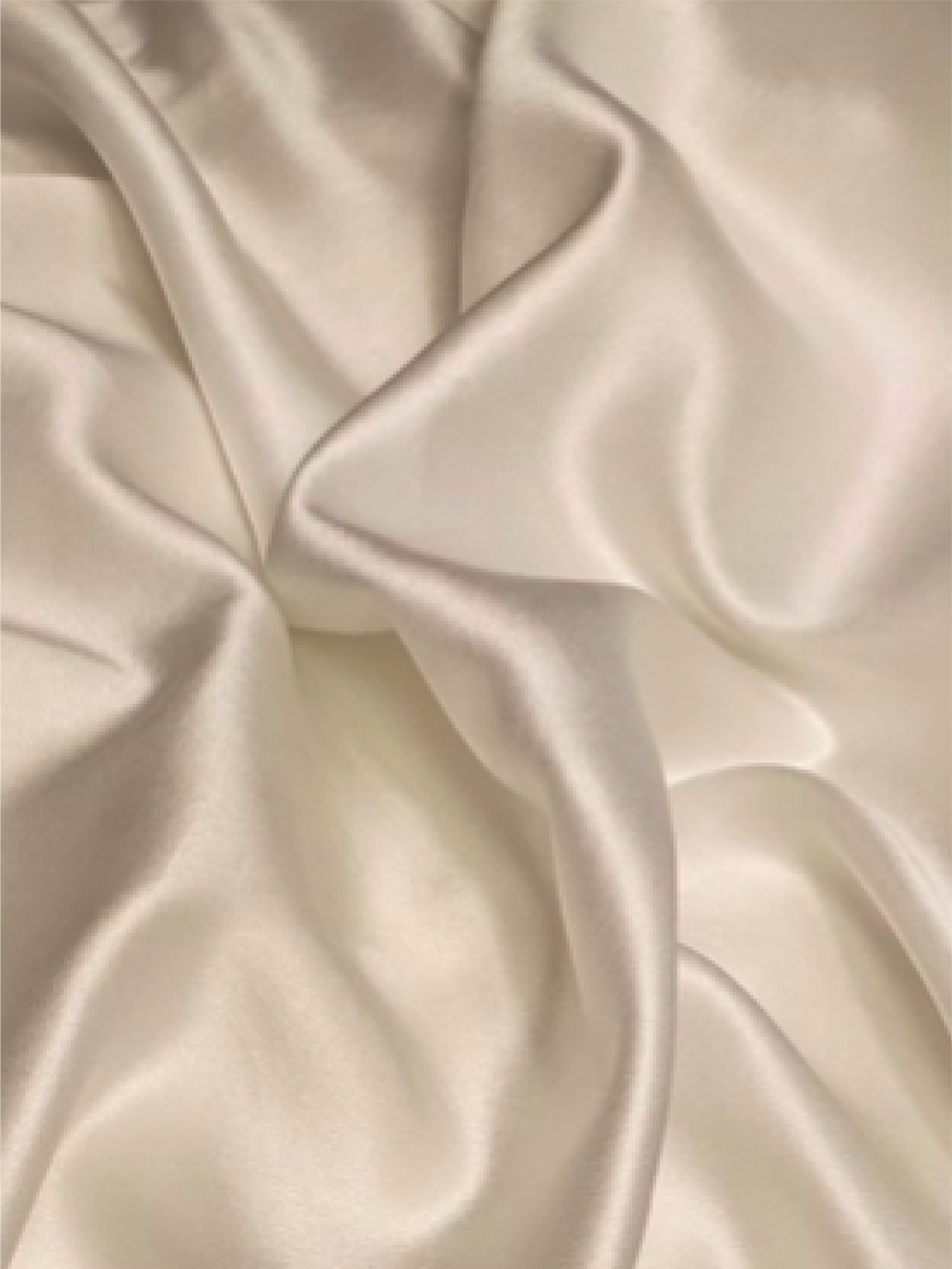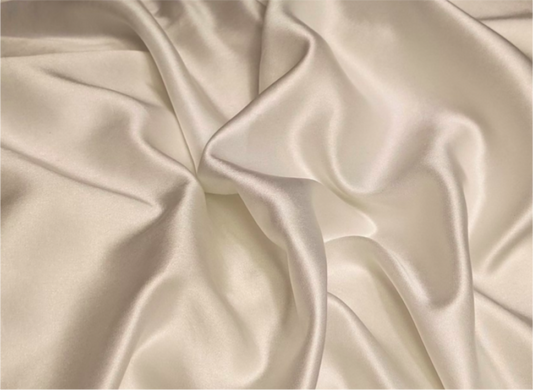The Essence of Silk:
Silk is a natural fabric derived from the cocoons of silkworms. Its unique properties, such as its softness, breathability, and
hypoallergenic nature, set it apart from other materials. The production process, involving careful cultivation and extraction of silk threads, contributes to its exclusivity and price. Genuine silk carries a sense of luxury and sophistication, offering a rich sensory experience that is hard to replicate.
Silk-Like Fabrics:
Silk-like fabrics, also known as silk alternatives or silk imitations, aim to mimic the appearance of silk while offering different benefits or cost advantages. Common examples include polyester satin, rayon, and satin charmeuse. These fabrics are often chosen for their affordability, durability, and ease of care, making them more accessible to a wider range of consumers. While they may resemble silk visually, they differ in terms of composition, texture, and performance.
Composition and Feel:
The primary distinction between silk and silk-like fabrics lies in their composition. Silk is composed of natural protein fibers, which
contribute to its distinct smoothness and luster. Silk-like fabrics, on the other hand, are typically made from synthetic or semi-synthetic materials like polyester, nylon, or rayon. As a result, they may lack the same luxurious feel and natural breathability as silk, although they can provide alternative benefits such as increased durability or wrinkle resistance.

Breathability and Comfort:
Silk's natural breathability allows air to circulate, keeping you cool in warm weather and warm in cooler temperatures. This breathability helps regulate body temperature and prevents overheating. Silk-like fabrics, while they may mimic the appearance of silk, often do not possess the same level of breathability. Synthetic fibers tend to trap heat and moisture, potentially leading to discomfort, especially in hot and humid conditions.

Care and Maintenance:
Silk requires delicate care to maintain its beauty and longevity. Handwashing or dry cleaning is typically recommended, and special attention must be given to avoid excessive rubbing or wringing, as it can damage the fabric. On the other hand, silk-like fabrics are often more forgiving in terms of care. They can often be machine washed and dried, making them more convenient for everyday wear and maintenance.
Aesthetics and Durability:
Silk's natural sheen and luster give it a distinct visual appeal that is hard to replicate. While silk-like fabrics can imitate the appearance of silk to a certain extent, they may lack the same depth, richness, and luminosity. In terms of durability, silk-like fabrics often have an advantage, as they are more resistant to wrinkles, shrinkage, and stretching, making them a practical choice for garments that require frequent wear or laundering.
While silk-like fabrics attempt to imitate the elegance and beauty of genuine silk, there are notable differences to consider. Silk's luxurious feel, breathability, and natural luster remain unmatched, making it a prized fabric for those seeking a premium experience. However, silk-like fabrics offer alternatives that may suit different budgets, lifestyles, and preferences, providing increased durability and convenience.



